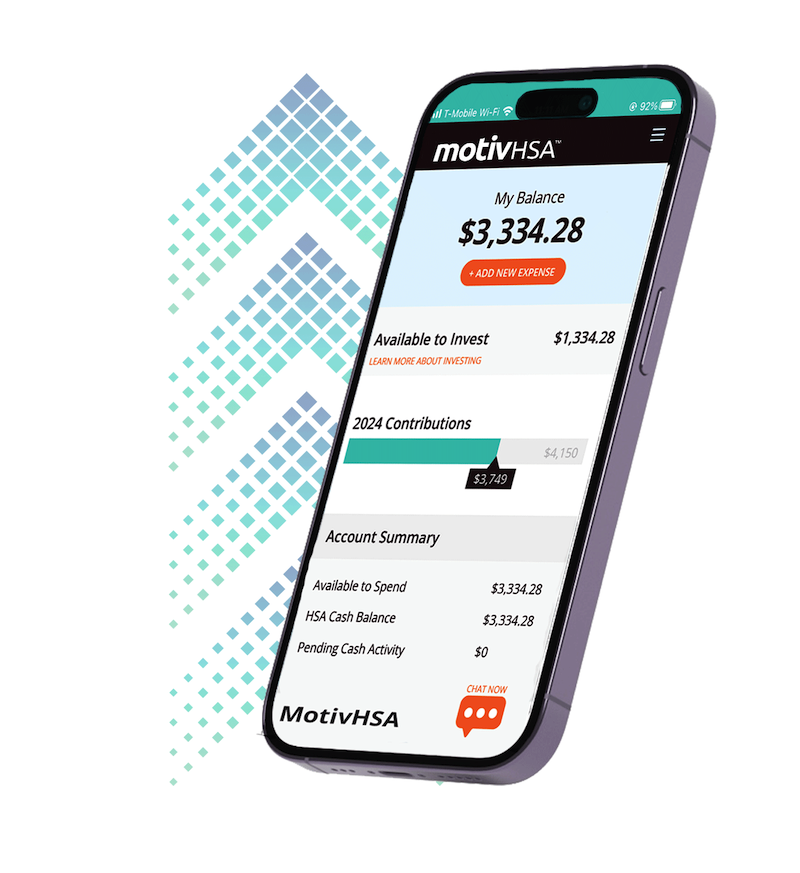Top 3 Myths
Myth: You are safe if the sky above is clear
Fact: Lightening can strike 10 to 15 miles away from a storm
Myth: People struck by lightning carry an electrical charge
Fact: False
Myth: You are safe from lightening in a house
Fact: Lightening flows through various conductors. Avoid using phone land lines, electrical appliances, and do not take showers and baths. Say away from doors and windows. Phone lines, cords, plumbing and even metal door and window frames are all lightening conductors.
Safety Tips
- Listen to local news or NOAA Weather Radio for emergency updates. Watch for signs of a storm, like darkening skies, lightning flashes or increasing wind.
- Postpone outdoor activities if thunderstorms are likely to occur. Many people struck by lightning are not in the area where rain is occurring.
- If a severe thunderstorm warning is issued, take shelter in a substantial building or in a vehicle with the windows closed. Get out of mobile homes that can blow over in high winds.
- If you can hear thunder, you are close enough to be in danger from lightning. If thunder roars, go indoors! The National Weather Service recommends staying inside for at least 30 minutes after the last thunder clap.
- Avoid electrical equipment and telephones. Use battery-powered TVs and radios instead.
- Shutter windows and close outside doors securely. Keep away from windows.
- Do not take a bath, shower or use plumbing
- If you are driving, try to safely exit the roadway and park. Stay in the vehicle and turn on the emergency flashers until the heavy rain ends. Avoid touching metal or other surfaces that conduct electricity in and outside the vehicle.
- If you are outside and cannot reach a safe building, avoid high ground; water; tall, isolated trees; and metal objects such as fences or bleachers. Picnic shelters, dugouts and sheds are NOT safe.
- If you are swimming, clear everyone from the water at the first sound of thunder or first sight of lightning. Have everyone move inside, if possible. The National Lightning Safety Institute recommends waiting 30 minutes after the last lightning sighting or sound of thunder before resuming activities.
- Every thunderstorm produces lightning, which kills more people each year than tornadoes or hurricanes. People struck by lightning can suffer permanent injuries or long-term symptoms including memory loss, sleep disorders, chronic pain, numbness, dizziness, irritability, weakness, fatigue, depression and others.
Follow these steps if someone has been struck by lightning:
Check the scene for safety and then check the person for burns and other injuries. If the person has stopped breathing, have someone call 9-1-1 and begin CPR. If the person is breathing normally, look for other possible injuries and care for them as necessary. People who have been struck by lightning do not retain an electrical charge and can be handled safely. Anyone who has sustained a lightning strike requires professional medical care!




No Comment